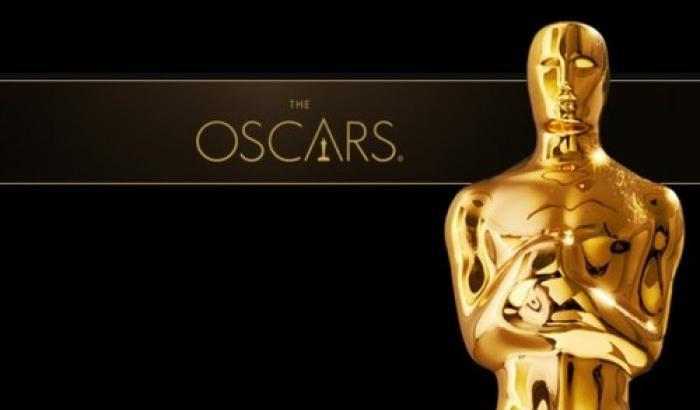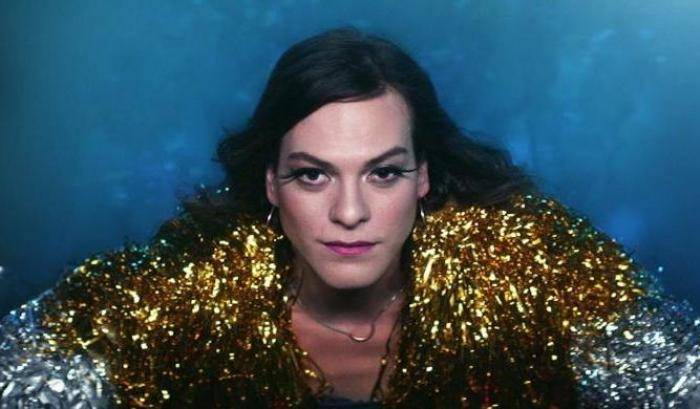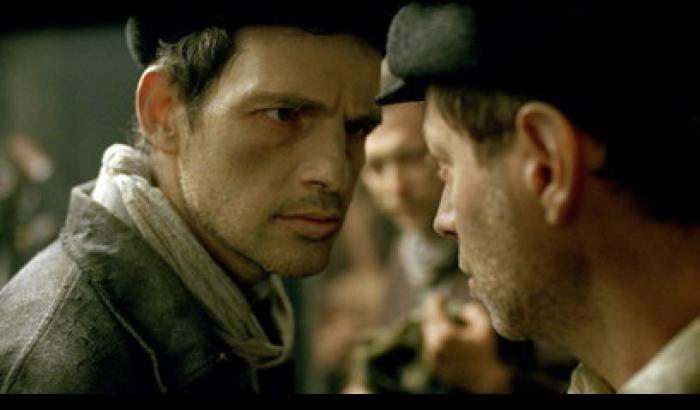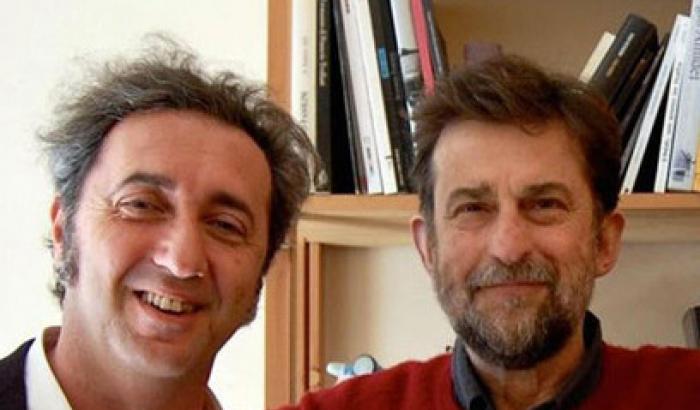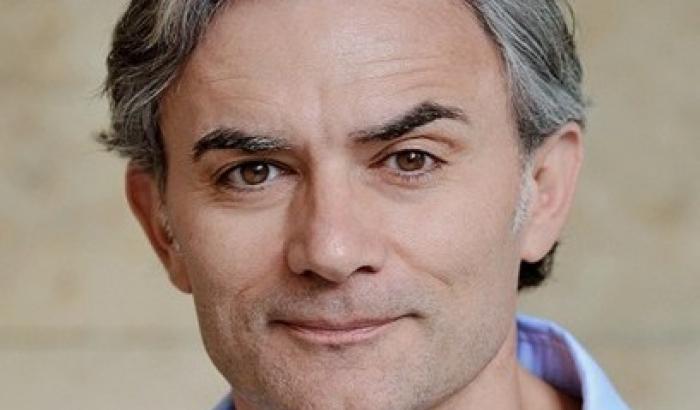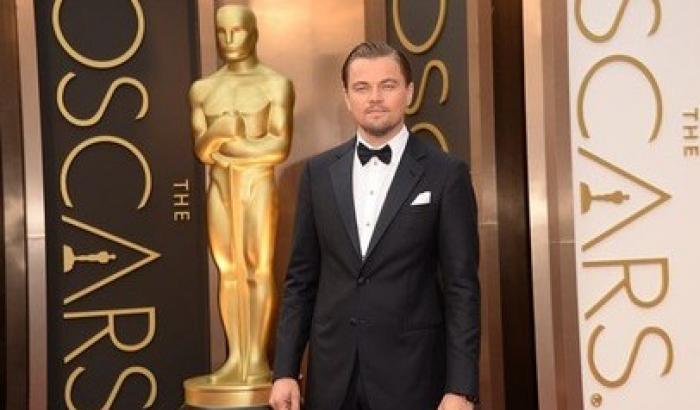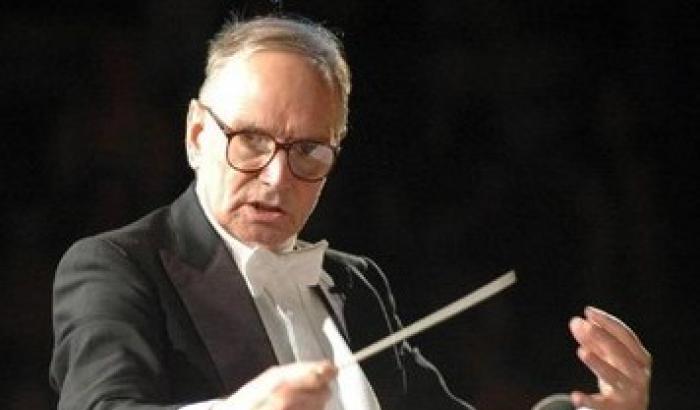Record di candidature per il miglior film in lingua staniera agli Oscar 2015. Sono stati infatti 83 i paesi che hanno presentato un’opera per entrare nella cinquina che si contenderà il titolo nella notte degli 87esimi Academy Awards. Un incremento notevole di pellicle, considerando che l’anno scorso, quando a portare a casa l’ambita statuetta è stata “La Grande bellezza” di Paolo Sorrentino”, i film da analizzare per la commissione erano 76.
Per la prima volta in assoluto hanno inviato un film quattro paesi: Kosovo, Malta, Mauritania e Panama, che mai prima d’oro avevano partecipato alla prima selezione per il Miglior Film in lingua straniera.
I cinque film candidati all’Oscar saranno annunciati il 15 gennaio 2015, insieme alle nomination di tutte le altre categorie. La settimana prima però l’Accademy of Motion Picture Arts & Sciences pubblicherà una lista delle 9 pellicole “semifinaliste”. Secondo le regole dell’Oscar per la categoria, creata nel 1956, ciascun paese può presentare una sola pellicola.
L’italia è il paese che ha vinto più volte il premio (14 volte), seguita dalla Francia che si è aggiudicata finora la statuetta 12 volte. Lontanissime le altre nazioni: al terzo posto a parimerito con 4 Oscar ci sono Giappone e Spagna, seguite da Germania, Svezia, Urss, Danimarca e Paesi Bassi con 3.
Tutti i film candidati – in ordine alfabetico – per l’87esima edizione dei premi Oscar:Afghanistan, “A Few Cubic Meters of Love”, Jamshid Mahmoudi;
Argentina, “Wild Tales”, Damián Szifrón;
Australia, “Charlie’s Country”, Rolf de Heer;
Austria, “The Dark Valley”, Andreas Prochaska;
Azerbaijan, “Nabat”, Elchin Musaoglu;
Bangladesh, “Glow of the Firefly”, Khalid Mahmood Mithu;
Belgium, “Two Days, One Night”, Jean-Pierre Dardenne and Luc Dardenne;
Bolivia, “Forgotten”, Carlos Bolado;
Bosnia and Herzegovina, “With Mom”, Faruk Lončarevič;
Brazil, “The Way He Looks”, Daniel Ribeiro;
Bulgaria, “Bulgarian Rhapsody”, Ivan Nitchev;
Canada, “Mommy”, Xavier Dolan;
Chile, “To Kill a Man”, Alejandro Fernández Almendras;
China, “The Nightingale”, Philippe Muyl;
Colombia, “Mateo”, María Gamboa;
Costa Rica, “Red Princesses”, Laura Astorga Carrera;
Croatia, “Cowboys”, Tomislav Mršić;
Cuba, “Conducta”, Ernesto Daranas Serrano;
Czech Republic, “Fair Play”, Andrea Sedláčková;
Denmark, “Sorrow and Joy”, Nils Malmros;
Dominican Republic, “Cristo Rey”, Leticia Tonos;
Ecuador, “Silence in Dreamland”, Tito Molina;
Egypt, “Factory Girl”, Mohamed Khan;
Estonia, “Tangerines”, Zaza Urushadze;
Ethiopia, “Difret”, Zeresenay Berhane Mehari;
Finland, “Concrete Night”, Pirjo Honkasalo;
France, “Saint Laurent”, Bertrand Bonello;
Georgia, “Corn Island”, George Ovashvili;
Germany, “Beloved Sisters”, Dominik Graf;
Greece, “Little England”, Pantelis Voulgaris;
Hong Kong, “The Golden Era”, Ann Hui;
Hungary, “White God”, Kornél Mundruczó;
Iceland, “Life in a Fishbowl”, Baldvin Zophoníasson;
India, “Liar’s Dice”, Geetu Mohandas;
Indonesia, “Soekarno”, Hanung Bramantyo;
Iran, “Today”, Reza Mirkarimi;
Iraq, “Mardan”, Batin Ghobadi;
Ireland, “The Gift”, Tom Collins;
Israel, “Gett, the Trial of Viviane Amsalem”, Ronit Elkabetz and Shlomi Elkabetz;
Italy, “Il capitale umano”, Paolo Virzì;
Japan, “The Light Shines Only There”, Mipo O;
Kosovo, “Three Windows and a Hanging”, Isa Qosja;
Kyrgyzstan, “Kurmanjan Datka Queen of the Mountains”, Sadyk Sher-Niyaz;
Latvia, “Rocks in My Pockets”, Signe Baumane;
Lebanon, “Ghadi”, Amin Dora;
Lithuania, “The Gambler”, Ignas Jonynas;
Luxembourg, “Never Die Young”, Pol Cruchten;
Macedonia, “To the Hilt”, Stole Popov;
Malta, “Simshar”, Rebecca Cremona;
Mauritania, “Timbuktu”, Abderrahmane Sissako;
Mexico, “Cantinflas”, Sebastián del Amo;
Moldova, “The Unsaved”, Igor Cobileanski;
Montenegro, “The Kids from the Marx and Engels Street”, Nikola Vukčević;
Morocco, “The Red Moon”, Hassan Benjelloun;
Nepal, “Jhola”, Yadav Kumar Bhattarai;
Netherlands, “Accused”, Paula van der Oest;
New Zealand, “The Dead Lands”, Toa Fraser;
Norway, “1001 Grams”, Bent Hamer;
Pakistan, “Dukhtar”, Afia Nathaniel;
Palestine, “Eyes of a Thief”, Najwa Najjar;
Panama, “Invasion”, Abner Benaim;
Peru, “The Gospel of the Flesh”, Eduardo Mendoza;
Philippines, “Norte, the End of History”, Lav Diaz;
Poland, “Ida“, Paweł Pawlikowski;
Portugal, “What Now? Remind Me”, Joaquim Pinto;
Romania, “The Japanese Dog”, Tudor Cristian Jurgiu;
Russia, “Leviathan”, Andrey Zvyagintsev;
Serbia, “See You in Montevideo”, Dragan Bjelogrlić;
Singapore, “Sayang Disayang”, Sanif Olek;
Slovakia, “A Step into the Dark”, Miloslav Luther;
Slovenia, “Seduce Me”, Marko Šantić;
South Africa, “Elelwani”, Ntshavheni Wa Luruli;
South Korea, “Haemoo”, Shim Sung-bo;
Spain, “Living Is Easy with Eyes Closed”, David Trueba;
Sweden, “Force Majeure”, Ruben Östlund;
Switzerland, “The Circle”, Stefan Haupt;
Taiwan, “Ice Poison”, Midi Z;
Thailand, “The Teacher’s Diary”, Nithiwat Tharathorn;
Turkey, “Winter Sleep”, Nuri Bilge Ceylan;
Ukraine, “The Guide”, Oles Sanin;
United Kingdom, “Little Happiness”, Nihat Seven;
Uruguay, “Mr. Kaplan”, Álvaro Brechner;
Venezuela, “The Liberator”, Alberto Arvelo.
Argomenti: Cinema
